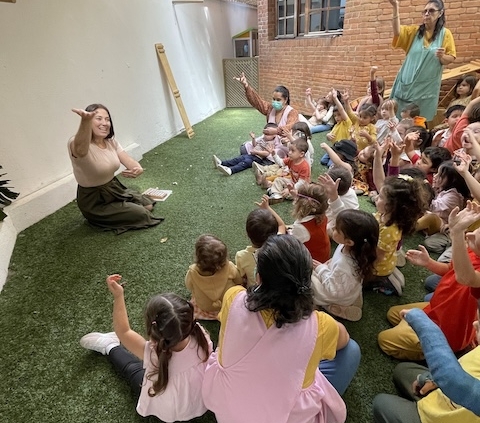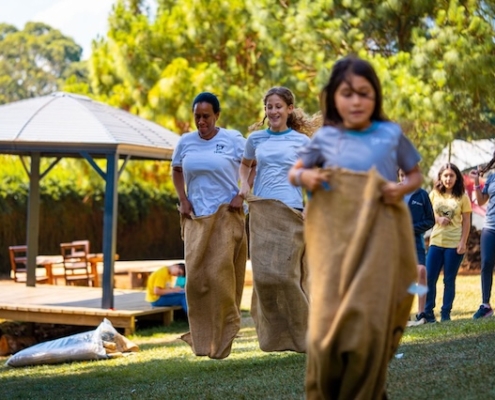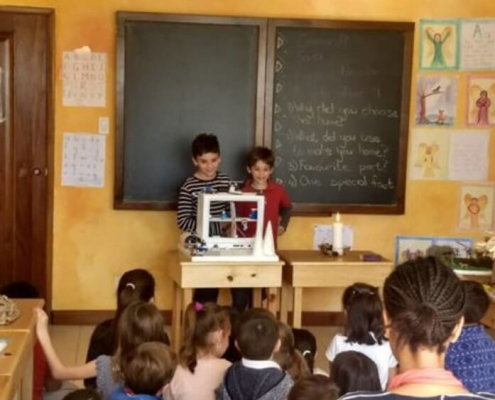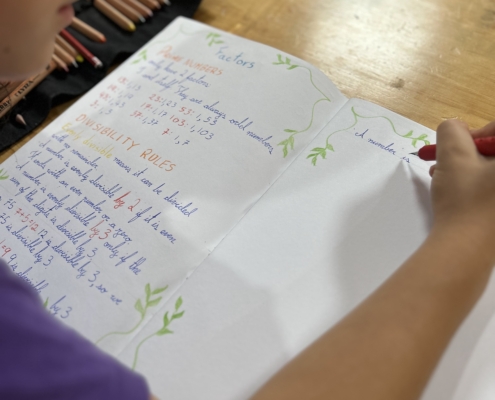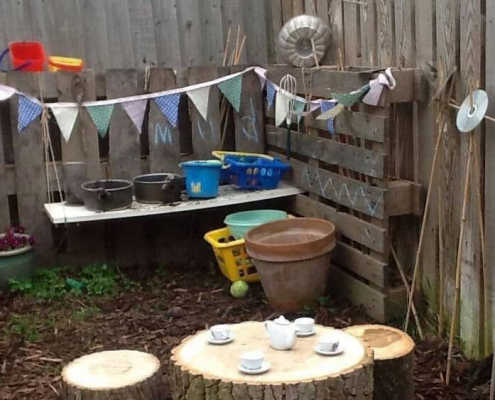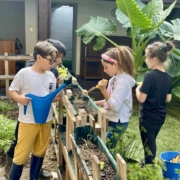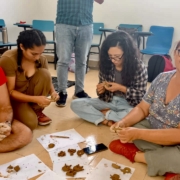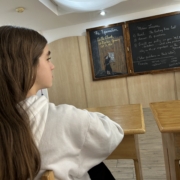The Magic of Storytelling
by Trinus
In a Waldorf school, storytelling is a cornerstone of the educational experience, beginning with simple tales in Early Childhood and evolving over the years to include fairy tales, folktales, fables, myths, legends, and historical stories. These narratives, shared aloud by teachers, are transmitted from heart to heart, forming a deep connection between the child and the spoken word.
Storytelling plays a vital role in speech and language development. By modeling clear and expressive speech, Waldorf teachers enrich a child’s vocabulary and help them build strong language skills. Listening and understanding spoken language naturally precede reading and writing, so by immersing children in rich language early on, we lay a solid foundation for future literacy.
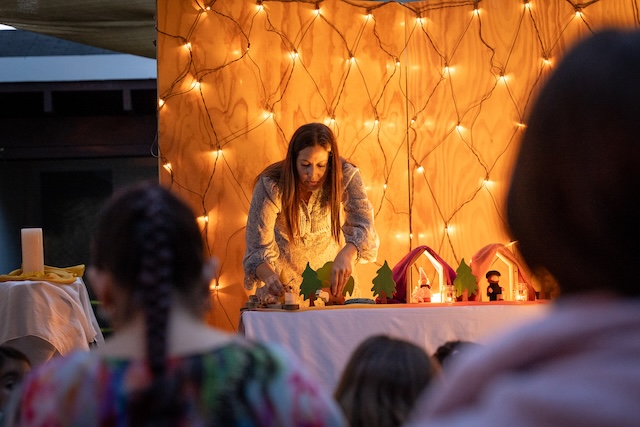
In Waldorf Early Childhood, storytelling is a daily practice, often featured in the morning rhythm. Whether told or presented as a puppet play, these stories—typically about nature, fairy tales, or folk tales—are delivered «by heart.» This means that while teachers memorize the stories, they retell them with warmth and joy, allowing the story to live in the moment. A signature feature of Waldorf education is the use of classic fairy tales, such as those from the Brothers Grimm, which are told in their original rich language. This exposure to a wide range of vocabulary fosters linguistic development, and many Waldorf students demonstrate a more expansive vocabulary compared to their peers in mainstream schools.
One of the key principles in Waldorf storytelling is the respect for the child’s imagination. A child will create an inner picture of the story that is appropriate to their developmental stage. For instance, when hearing «The Three Billy Goats Gruff,» a three-year-old might envision a simple, harmless troll, while a six-year-old may imagine a more detailed, fearsome creature. By telling stories in a gentle, calm voice without over-dramatization, Waldorf teachers allow the child’s imagination to take the lead, ensuring that each child interprets the story in a way that feels safe and manageable for them.
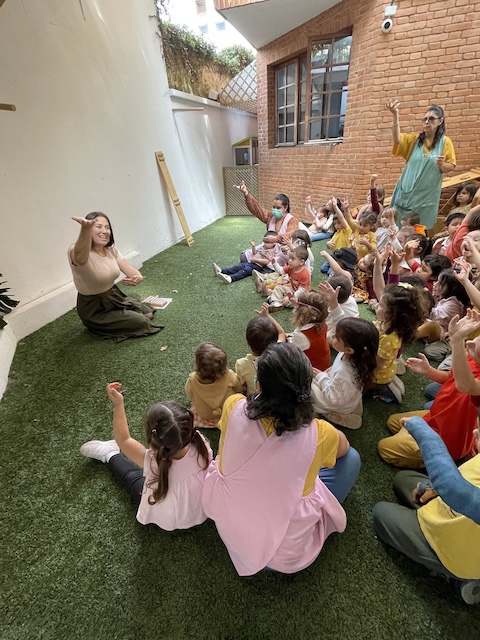
This careful, heart-centered approach to storytelling nourishes the inner life of the child, fostering creativity, emotional resilience, and a deep love for language.

